Honduran Food Dishes: Basic Overview
Common Ingredients
Common Cooking Methods
Courses
Meals
Key Taste
Eating Etiquette
Meal Presentation
Culinary Festivals
Influence and Fusion
Popular Types of Honduran Dishes
-
Grilled and Barbecued Dishes
They highlight the natural flavors of meats/seafood and vegetables, normally seasoned with local herbs and spices.
Most of them are grilled over an open flame.
-
Bread and Doughs
Bread and dough vary widely in styles, cooking methods, ingredients, etc.
They can be daily food or festive treats.
-
Fried Dishes
Honduran fried specialties often use meat, beans, plantains, and other simple components.
They are crispy outside and tender inside, making them favorites among locals and tourists.
-
Soups
Soups in Honduran cuisine are diverse, from light and brothy to thick.
Meat, seafood, and beans are common ingredients in their soups.
Honduran dishes showcase the vibrant gastronomy of the Republic of Honduras. The cuisine blends various influences like indigenous Mesoamerican, Spanish, African, and Caribbean.
Staple ingredients in Honduras include corn, beans, rice, pork, beef, chicken, and seafood, often paired with tropical fruits like plantains and coconuts.
Popular dishes include baleadas, sopa de caracol, and plato típico, etc., vary in types, from street food to hearty meals. Cooking methods vary from grilling to frying, using fresh and locally sourced ingredients.
Excited yet? Indeed, experiencing the new culinary cuisine like this Honduran’s will help you have a closer view of the beauty of this country. So here, let me introduce the 23 best food specialties in Honduras.
Furthermore, you can explore their traditional cuisine, its global acclaim, and its nutritional benefits.
Later, there are some important characteristics of meal structure in Honduras, and pairing drinks with food suggestions are waiting for you to explore. Scroll down the page and start your journey!
23 Popular Honduran Dishes with Filters
Now, join me on a delicious journey into the heart of Honduran cuisine, where I’ll uncover 23 dishes with rich flavors and the culinary diversity of the country.
Use filters for ingredients, taste preferences, cooking methods, dish categories, etc., to search for your ideal dish quickly.
In addition, let’s explore an overview of the five categories outlined below, covering traditional, national, street food, exotic, and fusion delicacies.
National dishes in Honduras are iconic meals such as baleadas and plato típico, which reflect Honduras’s identity perfectly.
Street delights carry the everyday flavors of Honduras, highlighting the importance of fresh, simple fare.
Exotic dishes use unique local ingredients, presenting an adventure for the diners with flavors distinct to the region.
They are dishes merging Honduran cooking traditions with global influences, creating innovative and new flavors.
Baleada
- National
- Street Food
- Traditional
Baleadas are one of the most beloved dishes in Honduran cuisine. The basic version of a baleada is a thick, handmade flour tortilla filled with refried beans and grated cheese, often enjoyed with creamy Honduran sour cream known as “mantequilla”.
There are other additional fillings that you can find, such as scrambled eggs, avocado, roasted meats, or pickled onions.
Beleada is Honduran national food. Locals commonly enjoy beleadas for breakfast or a quick meal throughout the day.
It’s also a popular street food. Although this dish is prevalent around this country, the famous place to find them is La Ceiba in the North Honduran Coast area.
Plato Tipico
- National
- Traditional
Plato tipico or “typical plate” is a Honduran staple including a generous portion of grilled meat, such as beef or chicken, accompanied by a side of rice, refried beans, and fresh cheese.
Additional elements like fried plantains, avocado slices, and tortillas are often added. In the country, plato típico is served with chimol, a refreshing salsa made from tomatoes, onions, cilantro, and lime juice.
Pupusa
- Street Food
- Traditional
Pupusas are thick, handmade corn tortillas stuffed with fillings, such as cheese, refried beans, or chicharrón (pork).
They are cooked on a griddle until golden and served with curtido, a tangy cabbage slaw, and tomato salsa.
In fact, pupusas don’t originate from Honduras, but come from their neighbor, El Salvador. The popularity of pupusas in Honduras reflects the cultural exchanges within Central America.
Sopa De Caracol
- Traditional
Sopa de Caracol, or conch soup, is a famous seafood dish that highlights the Afro-Caribbean influences on the northern coast of Honduras. In fact, Sopa De Caracol is the Garifuna people’s specialty
The soup is made with conch, a type of sea snail, simmered in a broth made with coconut milk, cassava (yuca), and plantains. The soup even tastes better with seasonings like aromatic herbs and spices such as cilantro and garlic.
The result is a creamy soup with a slightly sweet flavor profile. Sopa de Caracol is ideal to pair with a side of white rice and lime.
Pastelito
- Street Food
- Traditional
Pastelitos are a popular Honduran snack or appetizer consisting of deep-fried pastries. The pastry is made from cornmeal or flour dough, which is then shaped into small pockets, filled, and deep-fried until crispy and golden.
The most common fillings include seasoned ground meat (often beef or chicken), rice, and occasionally potatoes or peas.
In Honduras, pastelitos normally come with a side of cabbage salad and tomato sauce. This dish is influenced by the broader Latin American tradition of empanadas.
Yuca Con Chicharrón
- Traditional
Who doesn’t love crispy pork skin? Yuca con chicharrón is an authentic dish of Honduras, including boiled cassava (yuca) and chicharrón (crispy roasted pork).
Besides the golden brown and crusty pork meat and the tasteful pieces of fried yuca (boiled before frying), you can expect something refreshing such as salsa, shredded raw cabbage, and a few drops of lime juice while savoring this treat.
Since yuca is among the highest-yield crops in the Republic of Honduras, you will see it in many other foods in this nation.
Truth be told, the Chicharrón didn’t come from Honduras. However, this tasty combination of roasted pork and fried plantains was an idea of the Honduran people.
Nacatamal
- Traditional
Nacatamales are the traditional Honduras-style tamales. They are made of corn powder dough with beans, chicken or pork with some veggies (tomatoes, bell peppers) fillings.
They are embraced in plantain leaves and then steamed thoroughly. Hondurans serve this treat in their traditional Christmas/New Year’s Eve afternoon, yet you can still have it for everyday meals.
Honduran Enchiladas
- Street Food
- Traditional
Honduran enchiladas reflect the influence of Latin American cuisine due to their unique preparation and presentation. These are not the rolled tortillas many might expect; instead, Honduran-style enchiladas use a crispy fried corn tortilla as their base.
This crunchy tortilla is topped with a ground beef mixture, which is cooked with spices and veggies. These enchiladas also include fresh shredded cabbage, slices of boiled eggs, grated cheese, and a tomato sauce.
Sliced avocados and sometimes sour cream are added as well. Honduran enchiladas are a popular delight for festivities and family gatherings.
Pollo Chuco
- Street Food
- Traditional
Pollo Chuco is a delicious dish that hails from the north coast of Honduras, particularly popular in the city of Tela. The dish consists of fried chicken served with fried plantain, known as “tajadas.”
The chicken is well- marinated in a spice mixture before frying. The components are often layered when serving. The common accompaniment is cabbage salad mixed with carrots, beets, and a light vinaigrette, making them more harmonious and tasty.
Locals even make a day to celebrate the Pollo Chuco with a chicken fest in San Pedro Sula (starting from 2020).
Fun fact: Pollo chuco translates to “dirty chicken.”
Carne Asada
- Traditional
Carne asada is a significant main course in Honduran cuisine while popular throughout Latin America. It’s made by the flank and skirt part of the beef, well marinated, and grilled over an open flame.
The marinade often includes citrus juices, garlic, and a blend of spices. Carne asada is usually served with chimol, a refreshing salsa made from diced tomatoes, onions, cilantro, and lime juice.
Quick fact: Carne asada took part in the first-ever taco in the world, carne asada tacos (which appeared in the 1500s).
Sopa De Frijoles
- Traditional
Sopa de frijoles, aka black bean soup is a comfort food in Honduran style. The soup’s main ingredients are red or black beans, which are slowly cooked until tender and then blended into a flavorful broth.
The soup is often enriched with pieces of pork or chorizo, increasing the savory taste. Sopa de frijoles is traditionally served with rice, tortillas, or fried plantain slices.
FYI, this soup has its roots in pre-Hispanic cuisine.
Anafre De Frijoles
- Street Food
- Traditional
Anafre de frijoles is a traditional delicacy of Honduras with a fondue-like appearance. The term “anafre” refers to the mini charcoal pot under the clay furnace of frijoles refritos (refried beans) and quesillo (melted cheese).
The holes in the clay pot are used for ventilation and continuously keep the coals lit. As a result, the food above will be warm and bubbly for a longer time.
Diners enjoy this cheesy dish by scooping up homemade tortilla chips or pieces of soft tortillas. Overall, anafre de frijoles is an ideal appetizer or snack in Honduras.
Montuca
- Traditional
Montucas are a famous delicacy in Southern Honduras. In fact, they are a cousin of the renowned nacatamales.
The Honduran twist on this classic includes a filling of sweet corn dough mixed with either chicken, pork, or beans and flavored with seasonings and sauces, often including capers, olives, and raisins.
Unlike the tamales found in other parts of Central America, montucas have a sweet flavor of corn. Montucas often come wrapped in plantain leaves or corn husk.
Montucas are part of many festive celebrations in Honduras, such as Christmas, New Year’s Eve.
Arroz Con Pollo
- Traditional
Arroz con pollo, which translates to “rice with chicken,” is a basic dish throughout Latin America, including Honduras.
It’s a one-pot meal including seasoned, cooked chicken mixed with rice colored with annatto (achiote). That’s why it has an orange hue and a slightly nutty flavor.
The rice and chicken are cooked together with vegetables such as bell peppers, peas, and carrots, and often garnished with cilantro and a lime wedge.
Pinchos Americanos
- Fusion
Pinchos Americanos, or American-style skewers, are a popular street food in Honduras. The meat used in this recipe is commonly beef, chicken, or pork, and they are grilled over an open flame.
The marinade of the meat is the highlight. It’s a blend of citrus juices, spices, and herbs, which add a bit of a tangy flavor to the meat. These skewers sometimes include vegetables like bell peppers, onions, and tomatoes.
Pinchos are also enjoyed widely at outdoor markets and family barbecues.
Macheteadas
- Street Food
- Traditional
Macheteadas are a traditional Honduran fried dough for a dessert or sweet snack. The dough is made from cludes flour, water, and sugar, then is shaped into discs and fried until turning golden brown.
Macheteadas are best served hot with honey or topped with sweetened condensed milk.
They get their name from the machete, as the dough was traditionally cut into pieces using a machete.
Sopa De Mondongo
- Exotic
- Traditional
Sopa de Mondongo is a traditional and unique soup in Honduras as tripe (aka stomach of the animal) is the main component. However, in this cuisine, locals know how to turn it into a delicacy.
This soup is made from slow-cooked tripe, which is carefully cleaned and then simmered for hours with vegetables like cassava, corn, cabbage, and carrots. The broth is seasoned with Latin spices, including cilantro and garlic.
Many countries want to take credit for the food, yet no official proof clearly shows where the dish came from. The only sure thing here is that it first appeared in Latin America in the 17th century, during Spanish colonization.
Pan De Coco
- Street Food
- Traditional
Pan de coco, or coconut bread, is a favorite food in Honduran cuisine, particularly in the coastal regions and the Bay Islands where coconut is plentiful.
This soft, fluffy bread is made with coconut milk and grated coconut meat. Pan de coco can be served alongside savory dishes, particularly seafood, creating an outstanding balance. They are also an ideal snack or dessert.
Its roots can be traced back to the Garifuna people, an Afro-Indigenous community in Hondura.
Rosquillas
- Traditional
Rosquillas are common cookies in Honduras, which are crunchy and slightly sweet. These cookies are often infused with aniseed.
Made from corn flour and sometimes cheese, rosquillas are shaped into small rings and baked until crispy. They are a common accompaniment to coffee or hot chocolate, especially in the morning or during afternoon snacks.
Catrachas
- Street Food
- Traditional
Catrachas are a variant of the famous Honduran baleadas, using crispy tortillas as the base instead of the traditional soft flour tortillas.
For serving, catrachas are topped with refried beans, grated cheese, and sour cream, with optional additions such as avocado, scrambled eggs, or meat.
Breakfast, lunch, dinner, or mid-afternoon snack, any time of the day can be the best time to have catrachas.
Pescado Frito Con Tajadas
- Street Food
- Traditional
Pescado frito con tajadas is a deep-fried fish dish in Honduras, especially in coastal regions.
It’s served with tajadas, long strips of fried green plantains, offering a sweet and starchy balance to the savory fish.
This dish is often accompanied by pickled onions, cabbage salad, or a squeeze of lime. It’s also very popular in Honduran beachside eateries.
Semitas
- Traditional
Semita bread is a beloved sweet, dense bread in Honduran cuisine. They have a slightly sweet flavor and layered, flaky texture, so they are often compared to pastries rather than a typical bread.
They can be enjoyed at any time of the day, but they are particularly popular as a breakfast item or mid-afternoon snack. The right way to enjoy a portion of semitas is to dip it into the coffee.
About semitas’ roots, this bread was brought to the New World by the Semitic Jews in the 16th century, who colonized the Nuevo Leon state of Coahuila (now Texas).
Tapado Olanchano
- National
- Traditional
Tapado Olanchano is a distinctive dish originating from the Olancho Department in Honduras, an area known for its rich agricultural lands and cattle ranching.
Tapado Olanchano is a meat stew (including beef, pork, and sometimes chicken or goat) slow-cooked with vegetables like plantains, potatoes, cassava (yuca), and carrots, and spices.
Furthermore, it pairs well with white rice, flatbread, or boiled yuca.
What Are The Characteristics of Different Meals In Honduras?
Following are some characteristics of different meals in Honduras:
Up next, let me introduce some beverages to go with your favorite dishes as a local in Honduras.
What Are the Right Beverages To Pair With Honduran Dishes?
Following are six famous drinks in Honduras that can complement other delights excellently.
I hope all my recommendations above will assist you in your journey to the Republic of Honduras. Don’t hesitate to share my article with your loved ones if you see it as convenient and helpful.
One last word, enjoy the gastronomic and culinary adventure across the world to ensure you don’t miss a thing. Let me know when you try the suggested delicacies above with some comments or reviews!


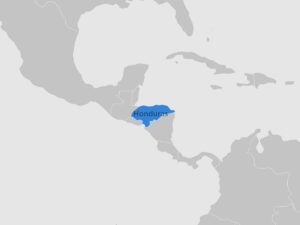
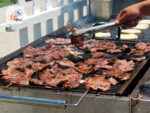
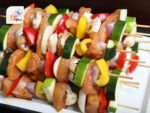
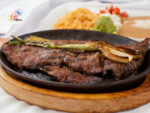
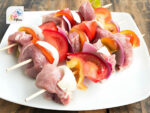
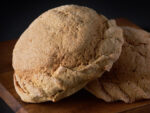

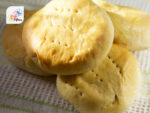
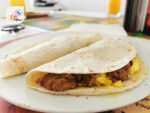
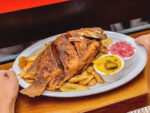
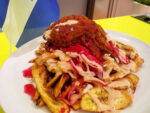
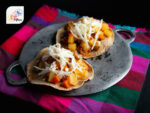
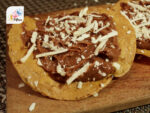
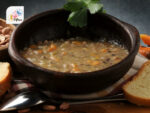
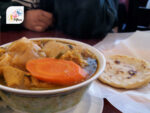
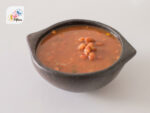
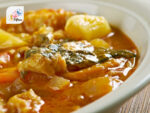
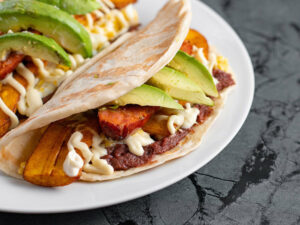
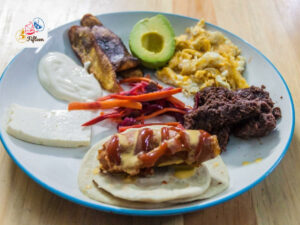
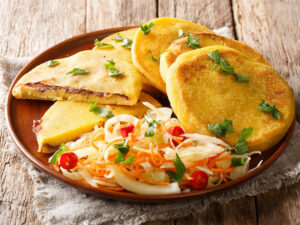
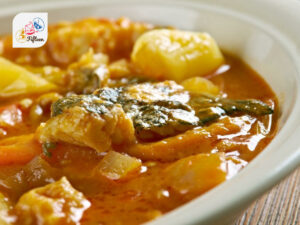
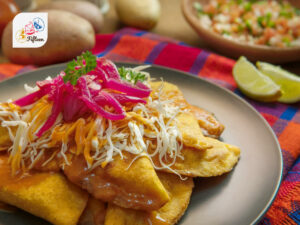
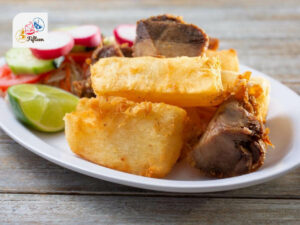
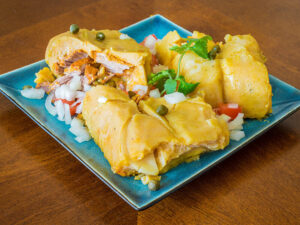
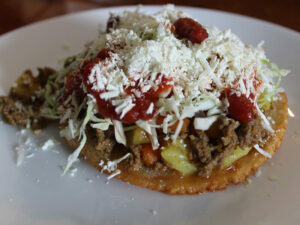

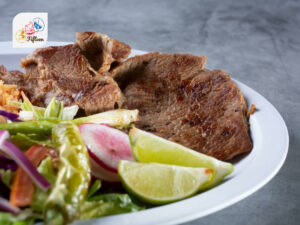
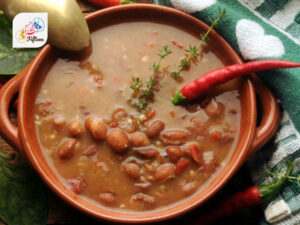
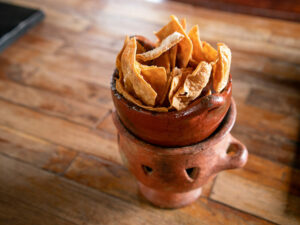
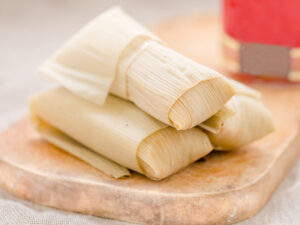
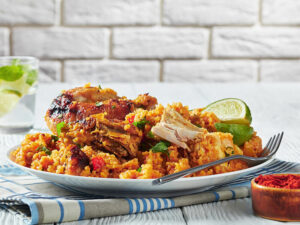
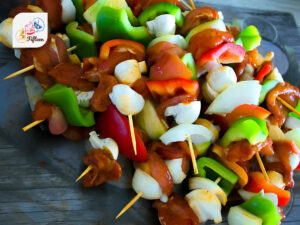
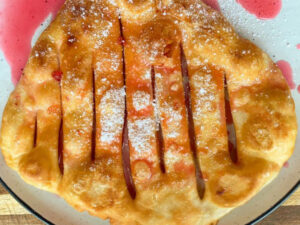
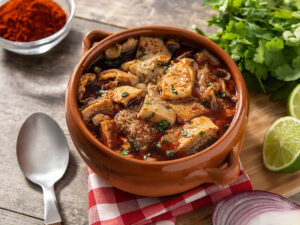
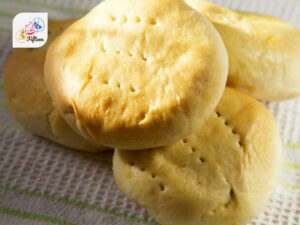
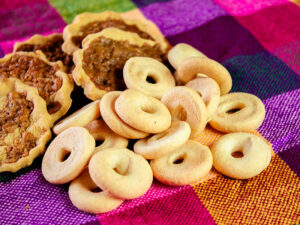
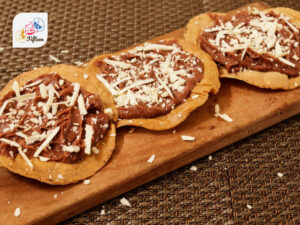
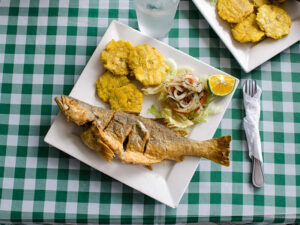
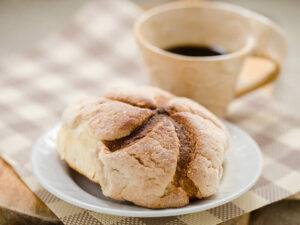
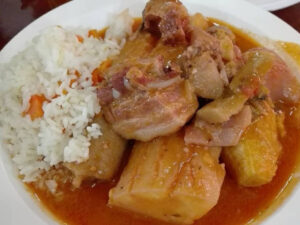
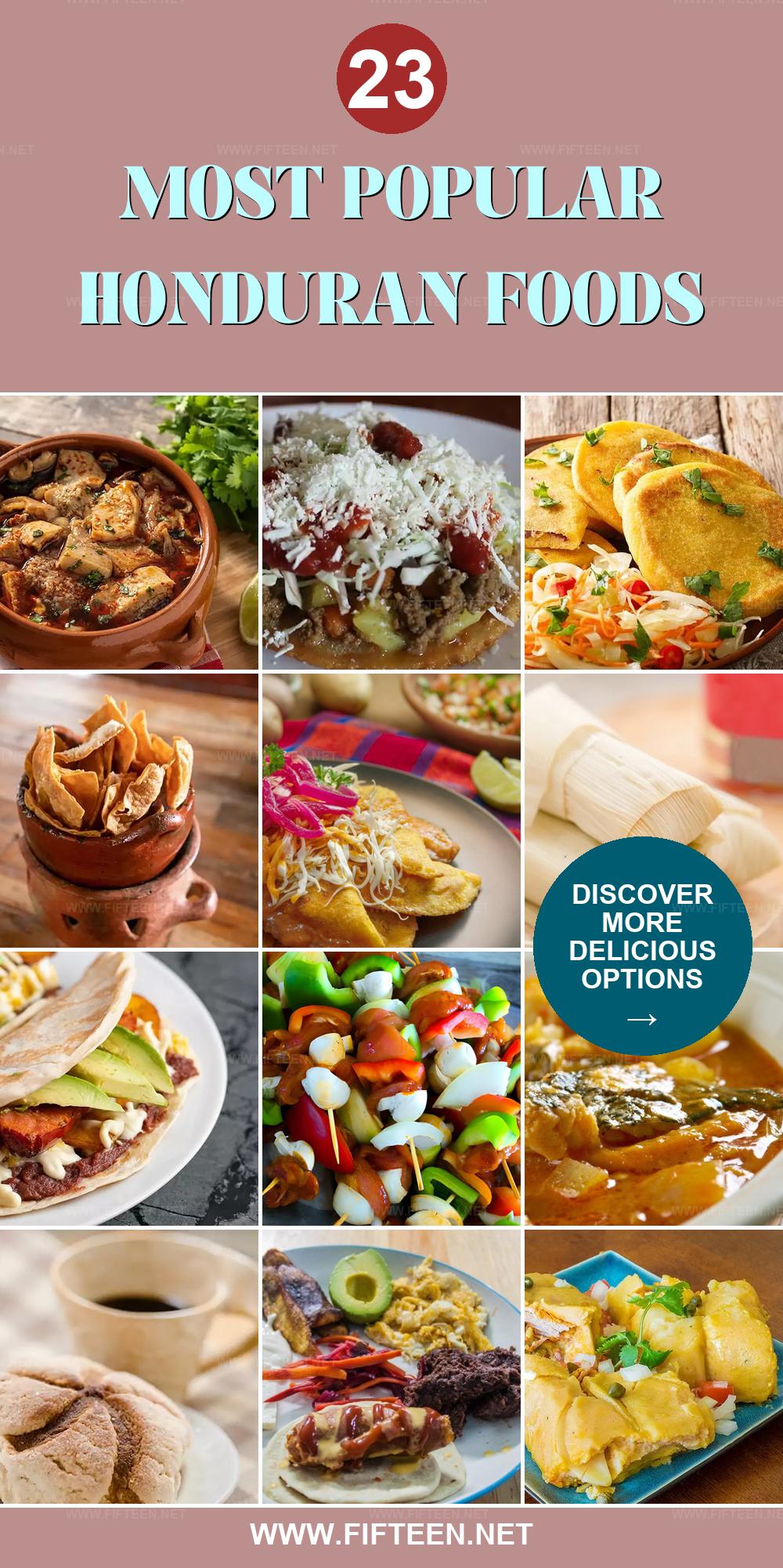
Jamie Scott
Editor in Chief, Senior Content Writer
Expertise
Home Cooking, Meal Planning, Recipe Development, Baking and Pastry, Food Editor, Cooking-video Maker, Western Food Evaluation Expert
Education
Le Cordon Bleu College of Culinary Arts
Local Community College, New York, NY
Jamie Scott is a skilled culinary expert and content creator specializing in Western cuisine. With over 15 years in the culinary field and formal training from Le Cordon Bleu, Paris, Jamie deeply understands how to blend nutrition with delicious flavors. His passion for cooking matches his commitment to making healthy eating accessible and enjoyable.
On Fifteen.net, Jamie brings a fresh perspective to classic dishes and beverages, offering readers insightful recipes, cooking tips, and a fresh view on meal planning that emphasizes taste, health, and simplicity.